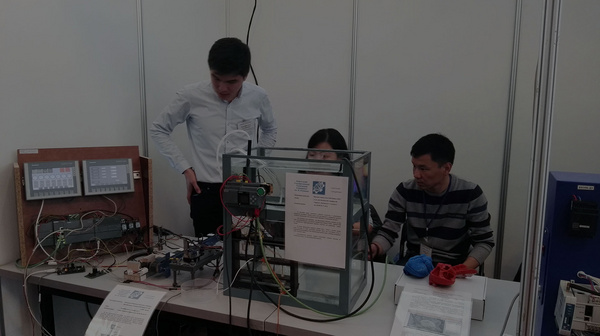Department history. Department rating
The Telematics Department was established in 2011 (order 173 of September 6, 2011). The Telematics Department specializes in the field of Telematics; it trains bachelor of engineering and technology Telematics (according to credit technology), since 2014 academic year. carries out training of bachelors using DOT, since 2015. will carry out training of masters in the direction of Telematics and from 2016 within the framework of the work of the consortium between MSU named after NP Ogarev and KSTU signed an agreement on the implementation of the network educational program in the areas of Electronics and Nanoelectronics (MGU) and Telematics (KSTU ).
The Department of Telematics is a graduating department in the direction of Telematics.
At the department are available:
- License for the preparation of bachelors in Telematics (License 549, Appendix to License No. 72, registration number I-611);
- The license for the training of masters in the direction of "Telematics" (License LD 145000038, Appendix to license number 8, registration number 14/0518);
- The license for the training of bachelors with the use of DOT in the direction of "Telematics" (License LD 140000320, Appendix to license number 7, registration number 14/0440);
- Experimental curriculum approved by the Ministry of Education and Science of the Kyrgyz Republic.
- In 2012, the licenses were extended by the MNO KR and the Telematics direction code was assigned - 690600, and this direction was introduced into the classifier. Under license, the maximum contingent for bachelors is 200 people, for masters it is 20 people. The main purpose of the department is to meet the needs of the individual in the intellectual, cultural and moral development through obtaining higher, postgraduate and additional education.
The main tasks of the department are:
- improvement of teaching and learning activities of the faculty,
- improvement of learning technologies in order to develop the creative potential of the students' personality and their capabilities
- development of applied sciences through the joint creative activity of faculty, research and teaching staff and students, the use of the results in the educational process
- training, retraining and advanced training of specialists with higher education
- carrying out educational work among students





